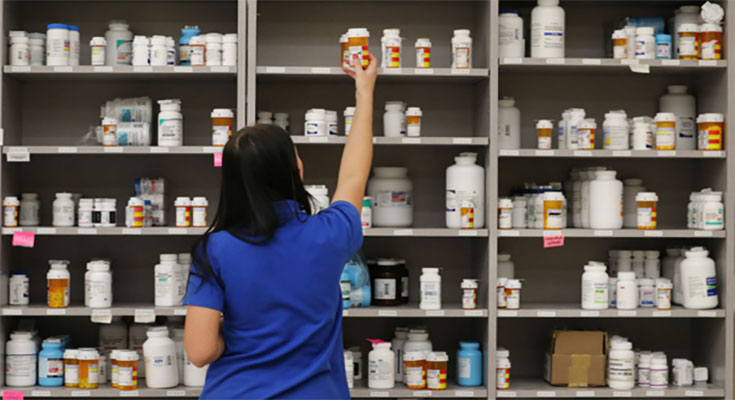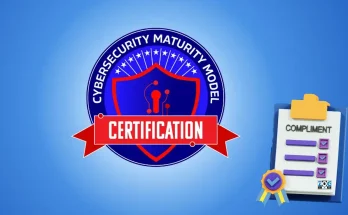Indonesia, as the largest archipelagic nation in Southeast Asia, presents a unique and dynamic landscape for the pharmaceutical industry. With over 270 million people spread across thousands of islands, the country’s pharmacy sector faces distinct challenges and opportunities. This article explores the current state of the pharmacy sector in Indonesia, examining key trends, challenges, and future prospects. Visit pafikotasumedangutara.org
1. Overview of the Indonesian Pharmacy Sector
The Indonesian pharmacy sector encompasses a wide range of activities, including drug manufacturing, distribution, retail, and clinical pharmacy services. The sector is regulated by the National Agency of Drug and Food Control (BPOM), which ensures the safety, efficacy, and quality of pharmaceuticals. The Indonesian government has made significant strides in expanding access to medicines and improving healthcare infrastructure, which are critical to the sector’s growth.
2. Current Trends in Indonesian Pharmacy
a. Growth of Pharmaceutical Manufacturing
Indonesia’s pharmaceutical manufacturing sector has seen robust growth over the past decade. Local companies such as Kimia Farma, Kalbe Farma, and Indofarma have expanded their production capabilities and diversified their product offerings. This growth is driven by several factors, including increased domestic demand, government incentives, and a push towards reducing reliance on imported medicines. The government’s emphasis on local manufacturing aims to enhance the accessibility and affordability of drugs for the Indonesian population.
b. Rise of Generic Medicines
The promotion of generic medicines is a key trend in Indonesia’s pharmacy sector. Generic drugs, which are typically more affordable than branded medications, are increasingly included in the National Health Insurance (JKN) formulary. The JKN program, launched to provide universal health coverage, has significantly increased the availability of generic medicines. This shift towards generics aligns with the government’s goal of making healthcare more accessible and cost-effective for its citizens.
c. Expansion of E-Pharmacies
The digital revolution has transformed the pharmacy landscape in Indonesia. E-pharmacies and online drug delivery services are gaining popularity, particularly in urban areas. The convenience of online shopping, coupled with advancements in digital technology, has fueled the growth of e-pharmacies. This trend is expected to continue, driven by increasing internet penetration, smartphone usage, and changing consumer preferences.
d. Evolving Pharmacy Services
Pharmacy services in Indonesia are expanding beyond traditional drug dispensing. Pharmacists are increasingly involved in providing clinical services such as medication therapy management (MTM), health screenings, and patient education. This evolution reflects a broader trend towards a more patient-centered approach in healthcare, where pharmacists play a critical role in managing chronic diseases, optimizing medication use, and improving overall patient outcomes.
3. Challenges Facing the Pharmacy Sector
a. Regulatory and Compliance Challenges
Navigating the regulatory environment is a significant challenge for the Indonesian pharmaceutical industry. The BPOM sets stringent requirements for drug registration, quality control, and safety monitoring. Compliance with these regulations can be complex and resource-intensive for pharmaceutical companies. Streamlining regulatory processes and reducing bureaucratic obstacles are essential for fostering industry growth and ensuring the availability of high-quality medicines.
b. Drug Accessibility and Affordability
Despite progress in expanding access to medicines, challenges remain. Remote and underserved areas often face difficulties in obtaining essential drugs, and the cost of certain medications can be prohibitively high for some segments of the population. Addressing these issues requires improvements in supply chain logistics, distribution networks, and the promotion of cost-effective generic medicines. Ensuring equitable access to medicines across the country is a critical goal for the Indonesian healthcare system.
c. Counterfeit Drugs
The proliferation of counterfeit drugs is a serious concern in Indonesia. Counterfeit medications pose significant risks to public health, including treatment failures and adverse reactions. Combating counterfeit drugs requires enhanced surveillance, public awareness campaigns, and stricter enforcement of regulations. The adoption of technologies such as serialization and anti-counterfeiting measures is crucial for ensuring the authenticity and safety of pharmaceuticals.
d. Workforce Shortages
A shortage of trained pharmacy professionals is a persistent issue in Indonesia, particularly in rural and remote areas. This shortage impacts the delivery of pharmacy services and limits the capacity to address the growing healthcare needs of the population. Addressing this challenge requires investment in education and training programs for pharmacists, as well as providing incentives for working in underserved areas.
4. Future Prospects for Pharmacy in Indonesia
a. Innovation and Research
Innovation and research are poised to play a significant role in shaping the future of pharmacy in Indonesia. The development of new drug therapies, advanced drug delivery systems, and personalized medicine offers exciting opportunities. Investment in research and development (R&D) can lead to the discovery of new treatments and improvements in existing therapies, benefiting the Indonesian population. Collaborations between pharmaceutical companies, research institutions, and healthcare providers can drive advancements in pharmaceutical science.
b. Integration of Technology
The integration of technology into pharmacy practice is expected to enhance efficiency and effectiveness. Technologies such as electronic health records (EHRs), telepharmacy, and artificial intelligence (AI) are set to transform pharmacy operations. EHRs can improve the management of patient data, telepharmacy enables remote consultations, and AI can assist in drug discovery and personalized treatment plans. Embracing these technologies can lead to better patient care and operational efficiencies.
c. Strengthening Healthcare Systems
Strengthening the overall healthcare system is crucial for advancing the pharmacy sector. Efforts to improve primary healthcare, enhance healthcare infrastructure, and promote health equity will contribute to better health outcomes and a more robust pharmaceutical industry. Integrating pharmacy services into broader healthcare initiatives, such as disease prevention and health promotion programs, is essential for achieving comprehensive healthcare goals.
d. Collaborative Efforts
Collaboration among stakeholders is vital for addressing challenges and leveraging opportunities in the pharmacy sector. Partnerships between government agencies, pharmaceutical companies, healthcare providers, and academic institutions can lead to more effective policies, innovative solutions, and improved healthcare delivery. Joint efforts can also facilitate knowledge sharing and capacity building, benefiting the entire healthcare ecosystem.
5. Conclusion
The pharmacy landscape in Indonesia is dynamic and evolving, marked by significant growth, emerging trends, and ongoing challenges. While the sector faces issues such as regulatory complexities, drug accessibility, and workforce shortages, there are also promising developments and opportunities. By focusing on innovation, leveraging technology, and strengthening healthcare systems, Indonesia can enhance its pharmaceutical industry and improve the health and well-being of its population. The future of pharmacy in Indonesia holds great potential, and continued efforts to address current issues and embrace emerging trends will be key to achieving long-term success.





